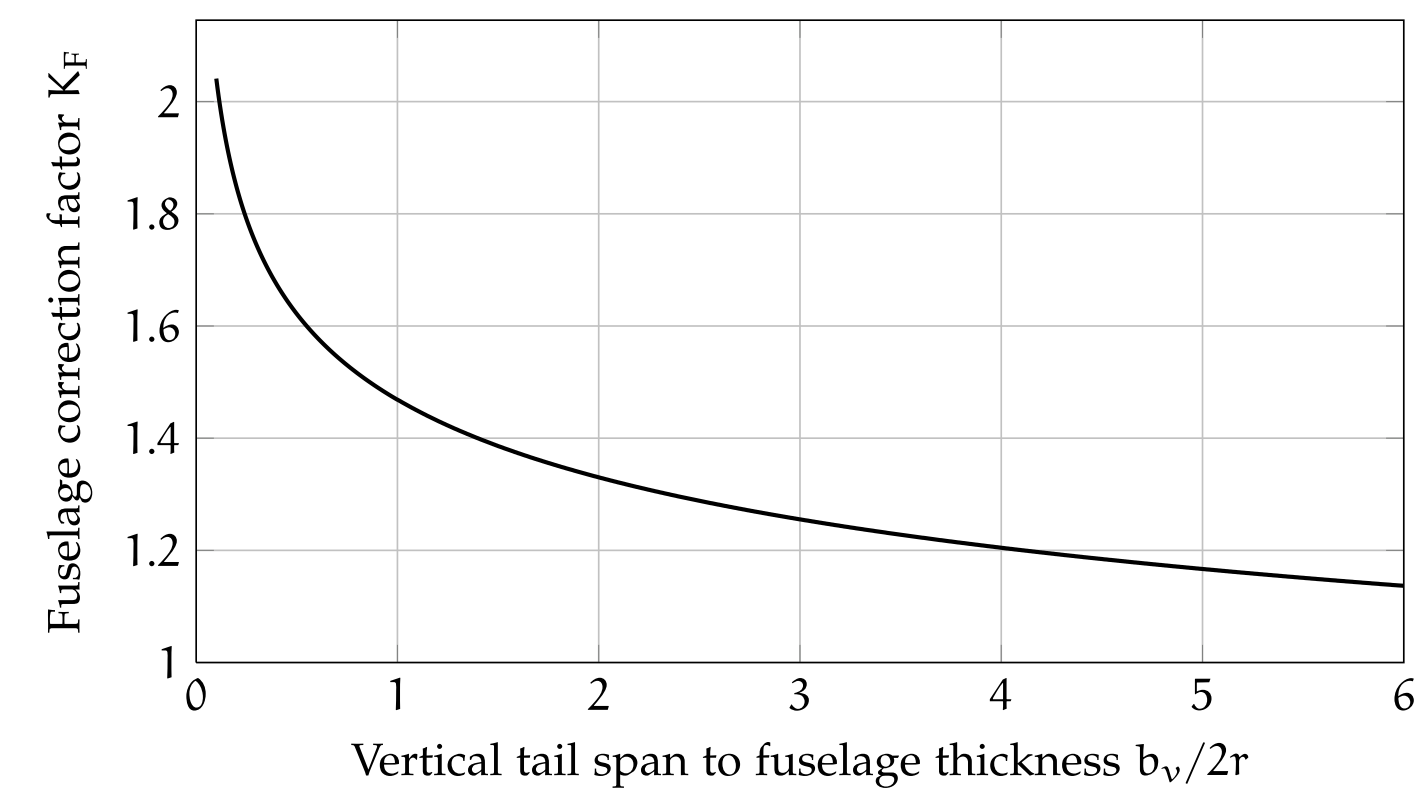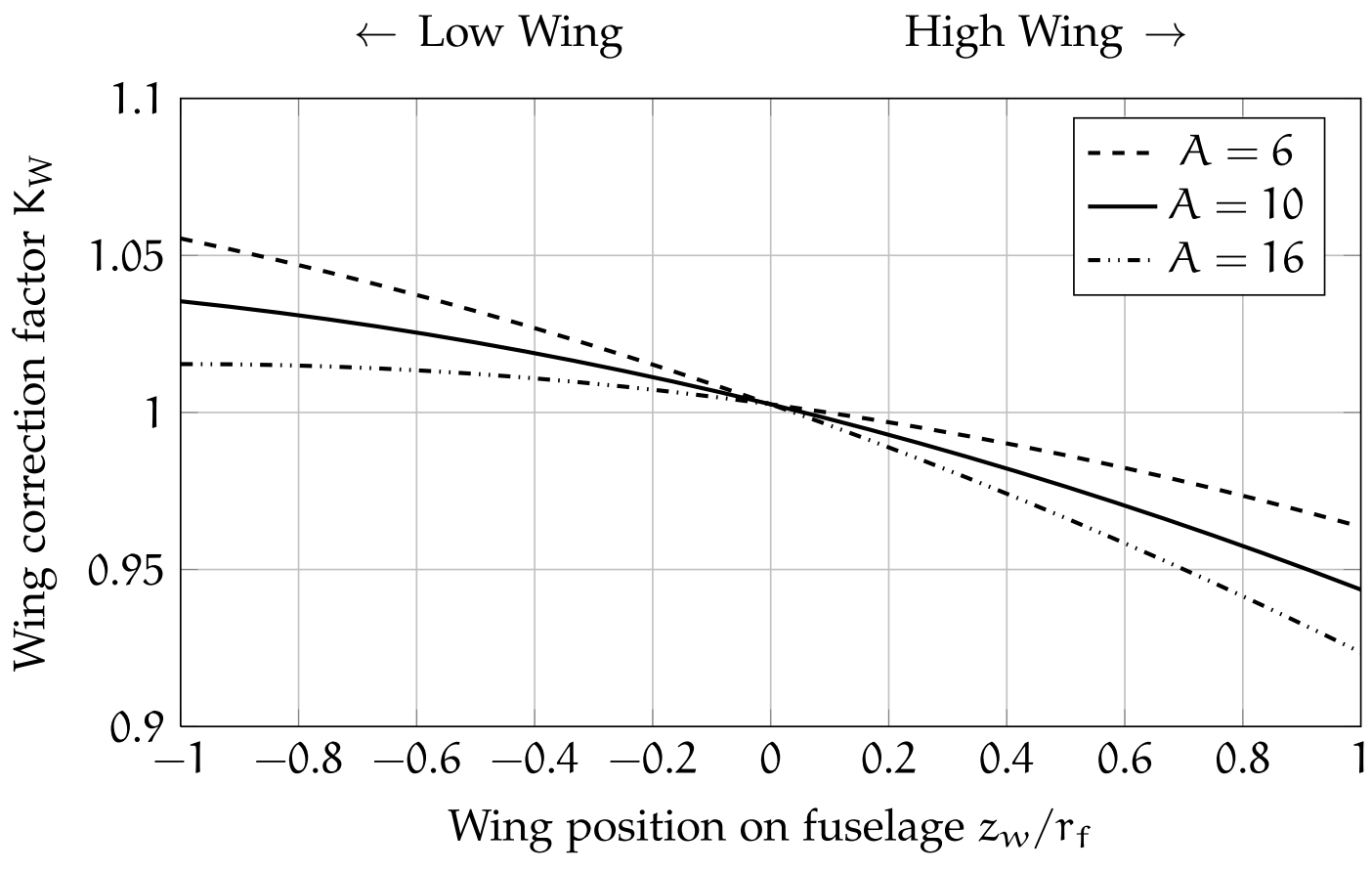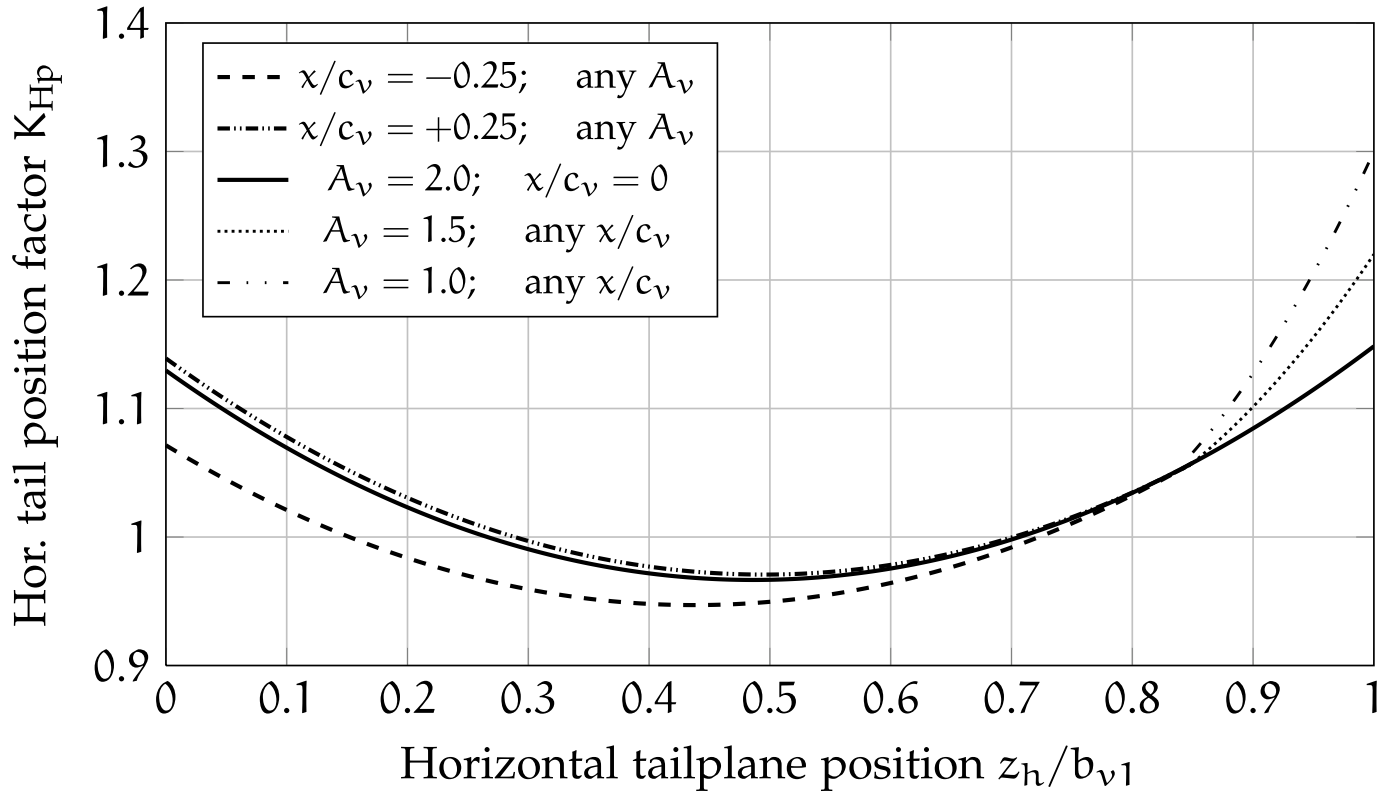A new semi-empirical methodology to design and analyze the vertical tail for stability and control has been carried out.
The method, named VeDSC, is build up through more than 300 CFD Navier-Stokes aerdynamic analysis.
Typical semi-empirical methodologies to design the vertical tailplane, as USAF DATCOM and ESDU,
have been compared in parametric studies. The two methods lead to close results for certain aircraft configurations,
but are quite different for other configurations, e.g. those providing the horizontal stabilizer mounted in fuselage,
giving differences up to 20-40\%.
To perform with a higher level of accuracy and reliability the estimation of vertical tail contribution
several CFD analyses were planned on a modular configuration with different size and position of aircraft components.
About 300 CFD analyses were executed to better understand the aerodynamic interference among aircraft components
for configurations derived from a regional turboprop. Comparison between new methodology and semi-empirical methods
shows that both DATCOM and ESDU methodologies tend to overestimate (respect to VeDSC) the interference effects,
especially those due to low-wing position and horizontal tailplane position. The new methodology has been also used in
the preliminary design of the new commuter aircraft Tecnam P2012.




